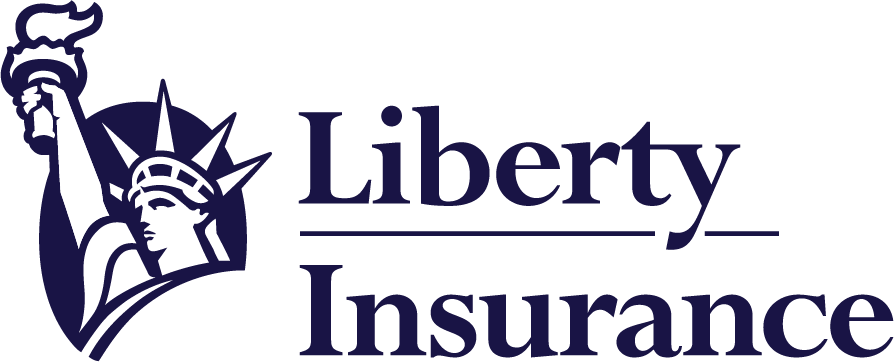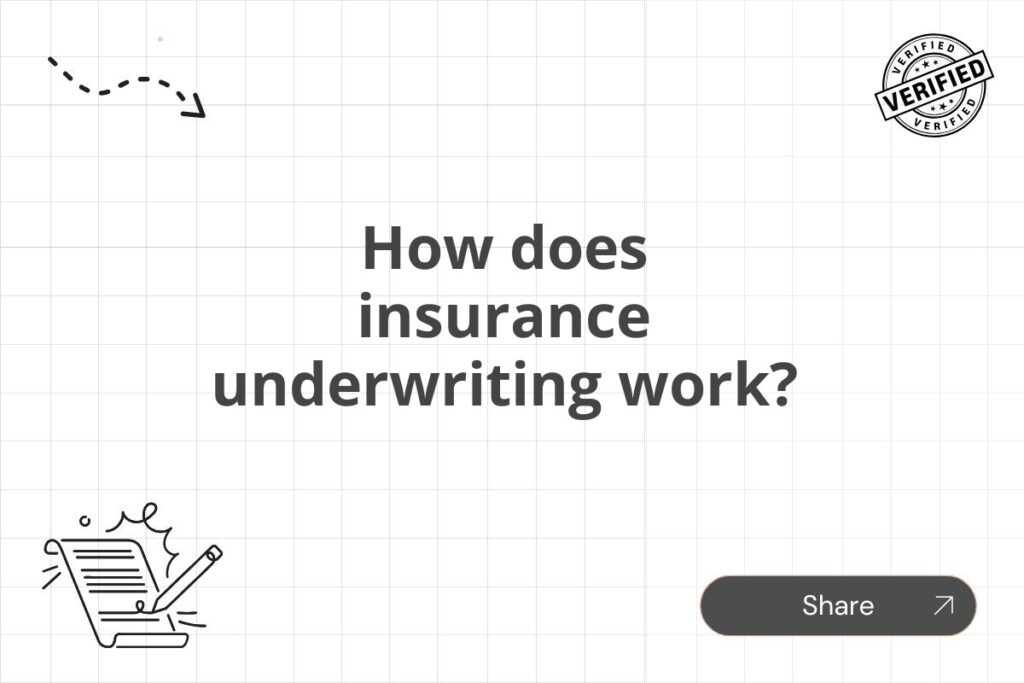Meta Description: Unlock the secrets of insurance underwriting! Learn how insurance companies assess risk, determine premiums, and make crucial coverage decisions. Understand the process from application to policy issuance. Get expert insights now!
Insurance is a vital part of modern life, protecting individuals and businesses against unforeseen financial losses. But have you ever wondered how insurance companies determine who gets coverage and at what price? This is the role of insurance underwriting. Understanding how insurance underwriting works is key to navigating the insurance world effectively, whether you’re buying a policy or working within the industry.
At its core, insurance underwriting is the process of evaluating and classifying risks. Insurance underwriters are the gatekeepers, assessing the likelihood of a claim being filed and determining the appropriate premium to charge. This intricate process involves a careful examination of various factors, leading to a decision to accept, reject, or modify the application for insurance coverage.
The Underwriting Process: A Step-by-Step Guide
The insurance underwriting process is a multifaceted undertaking that varies slightly depending on the type of insurance (life, health, auto, home, etc.), but the core principles remain consistent. Here’s a general overview:
1. Application and Information Gathering
The process begins with the applicant completing an application form. This form requests detailed information relevant to the risk being assessed. For example, a life insurance application might ask about health history, family medical history, lifestyle habits (smoking, alcohol consumption), and occupation. An auto insurance application will inquire about driving history, vehicle type, and location. The more comprehensive the information provided, the more accurate the underwriting assessment.
2. Risk Assessment and Evaluation
Once the application is received, the underwriter meticulously reviews the information provided. This involves analyzing the applicant’s profile to identify potential risks. This stage employs various techniques, including:
- Statistical Analysis: Underwriters leverage statistical data and actuarial models to assess the probability of claims based on similar risk profiles.
- Credit Scoring: In some cases, credit scores are used as an indicator of risk, although their relevance varies by insurance type. A good credit score often suggests responsible behavior, which can correlate with lower risk in certain areas.
- Verification and Validation: Underwriters verify the information provided in the application through various means, such as contacting previous insurers, checking driving records, or ordering medical examinations (especially for life and health insurance).
- Claims History: Past claims history, if available, is a significant factor. A history of frequent claims can significantly impact the underwriting decision.
3. Risk Classification and Rating
Based on the risk assessment, the underwriter classifies the applicant into a specific risk category. This classification determines the premium rate. Higher-risk individuals are typically assigned higher premiums to reflect the increased likelihood of a claim. Conversely, lower-risk applicants receive lower premiums.
4. Premium Determination
The premium is calculated based on the risk classification and various other factors, including the coverage amount, policy term, and any applicable discounts or surcharges. Actuaries play a vital role in setting the premium rates, ensuring the insurer maintains profitability while offering competitive pricing.
5. Policy Issuance or Rejection
After completing the risk assessment and premium calculation, the underwriter makes a final decision. This could be:
- Acceptance: The application is approved, and a policy is issued. The applicant is now covered under the terms and conditions of the policy.
- Rejection: The application is denied due to an unacceptable level of risk. The insurer may provide reasons for the rejection.
- Modification: The underwriter may offer coverage but with modifications, such as higher premiums, reduced coverage, or additional requirements (e.g., installing security systems for home insurance).
Different Types of Insurance Underwriting
The underwriting process can vary considerably based on the type of insurance being considered.
Life Insurance Underwriting
Life insurance underwriting is particularly rigorous due to the significant financial implications. It involves extensive medical evaluations, including blood tests and potentially medical exams, to assess the applicant’s health and longevity. Factors such as age, occupation, family medical history, and lifestyle play a substantial role.
Health Insurance Underwriting
Health insurance underwriting involves evaluating the applicant’s health status to determine the likelihood of future medical expenses. Pre-existing conditions, current health issues, and lifestyle factors are crucial considerations. In some regions, pre-existing conditions may influence coverage options and premiums.
Auto Insurance Underwriting
Auto insurance underwriting focuses on driving history, vehicle type, location, and other factors that contribute to the risk of accidents. Driving records, age, and claims history are significant elements in this type of underwriting.
Home Insurance Underwriting
Home insurance underwriting assesses the risk of damage to the property, considering factors such as location, age of the home, building materials, security features, and the presence of fire protection systems.
The Importance of Accurate Information
Accurate and complete information is crucial during the application process. Providing false or misleading information can lead to policy rejection or even cancellation if discovered later. It is essential to be truthful and transparent when applying for insurance.
The Role of Technology in Underwriting
Technology is revolutionizing the underwriting process. Advanced analytics, artificial intelligence, and machine learning are being increasingly used to automate certain aspects of the process, improve efficiency, and enhance accuracy in risk assessment. This allows underwriters to handle a larger volume of applications while maintaining a high level of accuracy.
In conclusion, insurance underwriting is a complex but essential process that ensures fair and equitable pricing while mitigating risk for insurance companies. Understanding how this process works can help individuals make informed decisions when purchasing insurance and navigating the complexities of the insurance industry.






















